Image of the Day: November 2010
Strange Brew
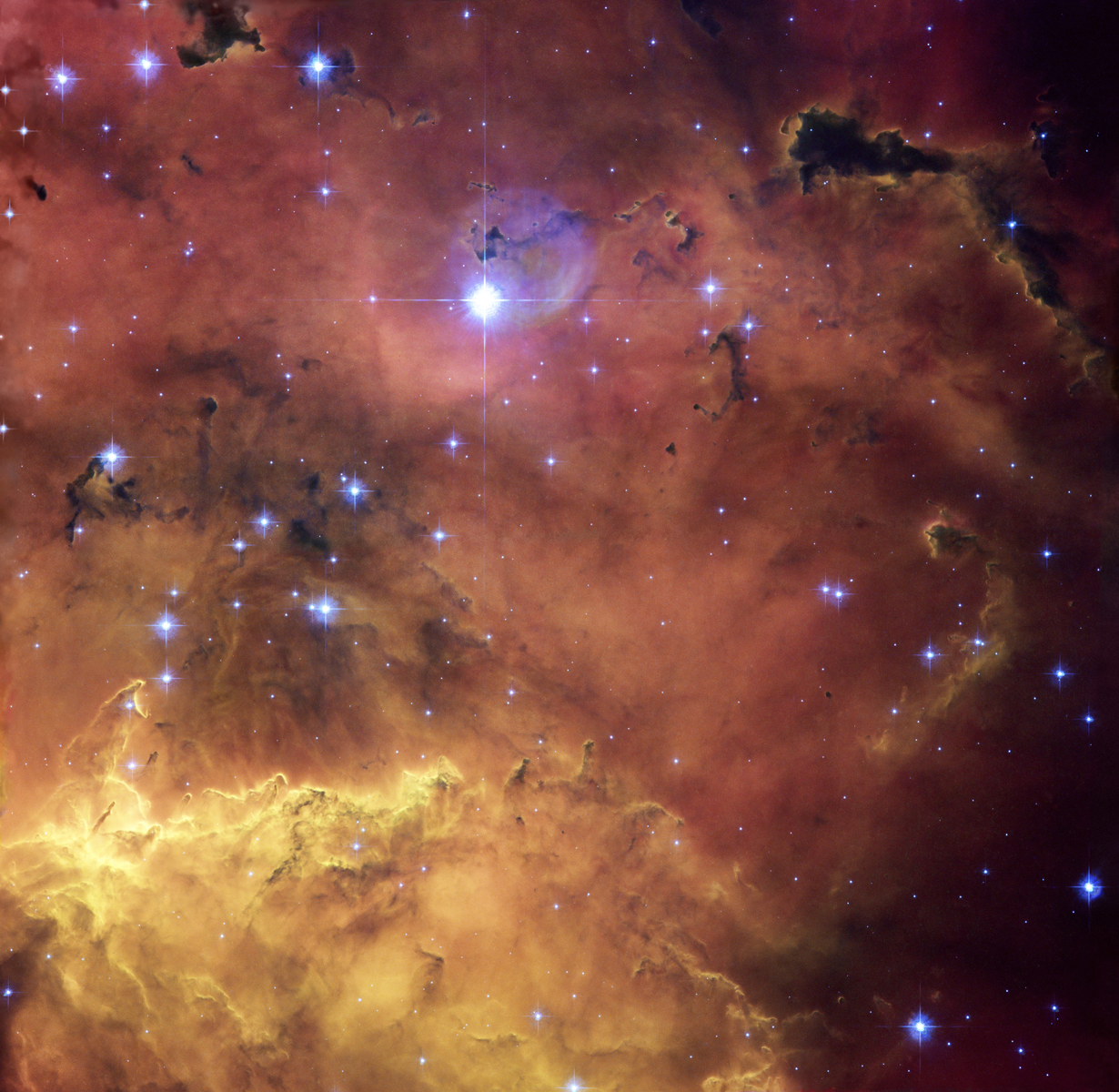
Monday, November 1, 2010: A colourful star-forming region is featured in this stunning new NASA/ESA Hubble Space Telescope image of NGC 2467. Huge clouds of gas and dust are sprinkled with bright blue, hot young stars. Strangely shaped dust clouds, resembling spilled liquids, are silhouetted against a colourful background of glowing gas.
Remnants
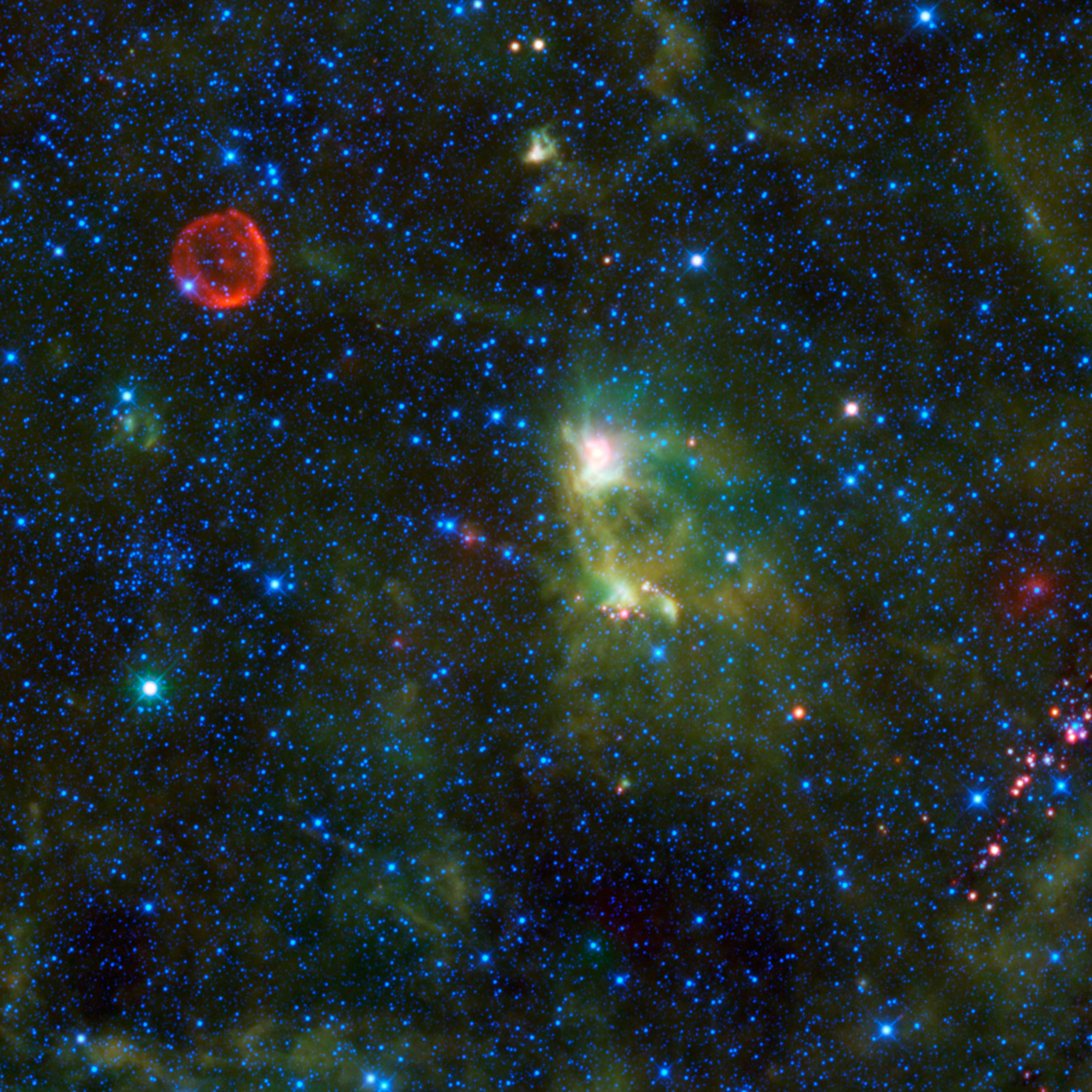
Tuesday, November 2, 2010: This image from NASA's Wide-field Infrared Survey Explorer (WISE) shows the constellation Cassiopeia. The red circle visible in the upper left part of the image is SN 1572, often called "Tycho’s Supernova." This remnant of a star explosion is named after the astronomer Tycho Brahe, although he was not the only person to observe and record the supernova.
Into the Smog
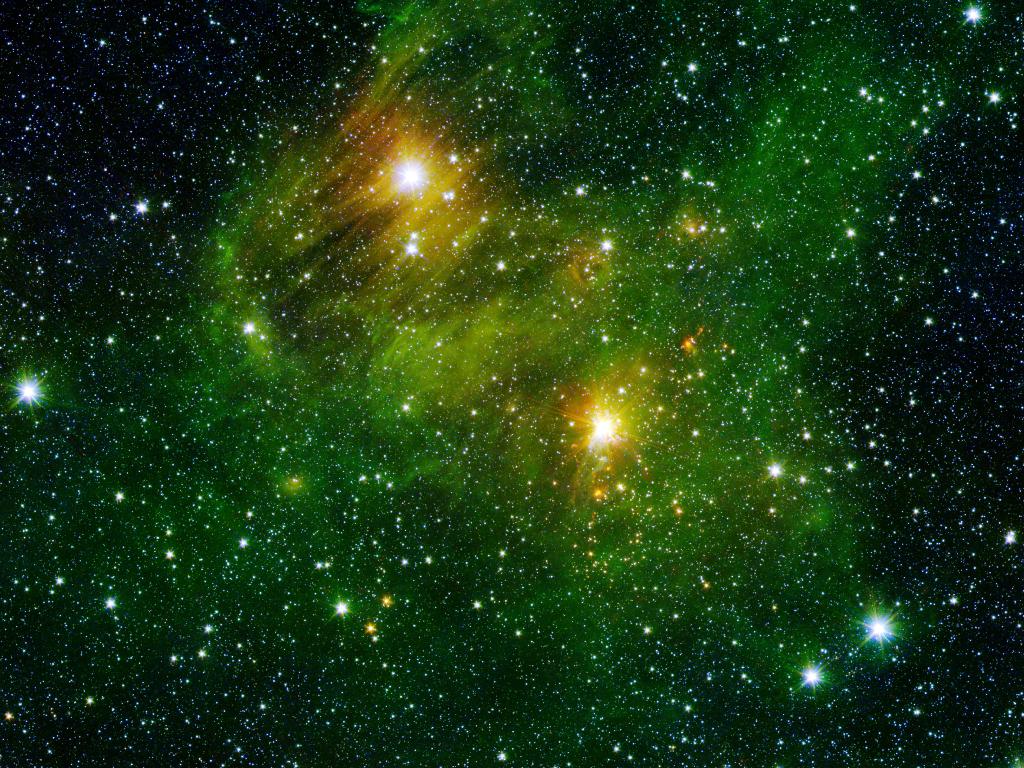
Wednesday, November 3, 2010: Two extremely bright stars illuminate a greenish mist in this image from the Spitzer Space Telescope's "GLIMPSE360" survey. This mist is comprised of hydrogen and carbon compounds called polycyclic aromatic hydrocarbons (PAHs), which also are found here on Earth in sooty vehicle exhaust and on charred grills.
Sunshine Life for Me (Sail Away)
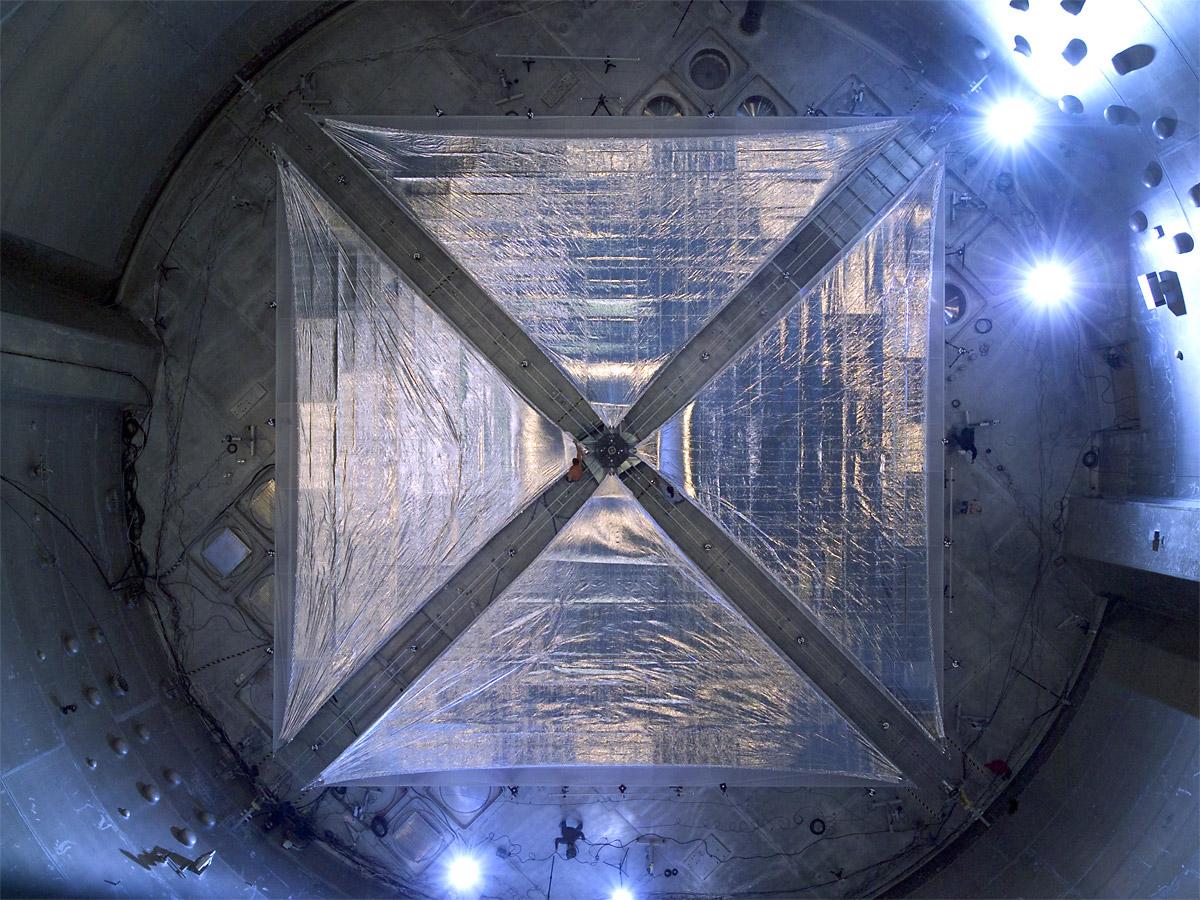
Thursday, November 4, 2010: NASA engineers are testing solar sails, a unique propulsion technology which rely on sunlight to propel vehicles through space. The sail captures solar particles, called photons. This image is of a four-quadrant solar sail system, measuring 66 feet on each side, being tested in the world's largest vacuum chamber at NASA's Glenn Research Center at Plum Brook Station in Sandusky, Ohio.
As Real as It May Seem
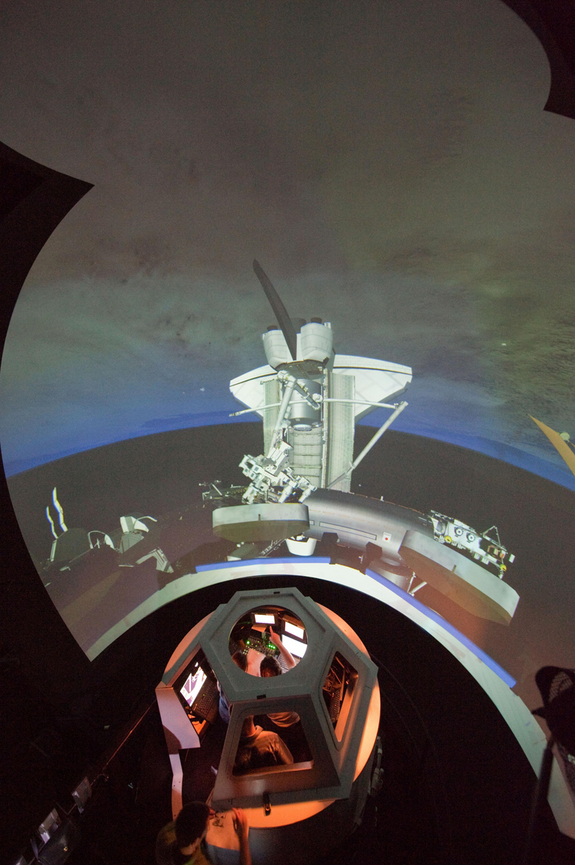
Friday, November 5, 2010: STS-133 astronauts Michael Barratt and Nicole Stott, both mission specialists, participate in an exercise in the systems engineering simulator in the Avionics Systems Laboratory at NASA's Johnson Space Center. The facility includes moving scenes of full-sized International Space Station components over a simulated Earth.
That Must Be Tinkerbell
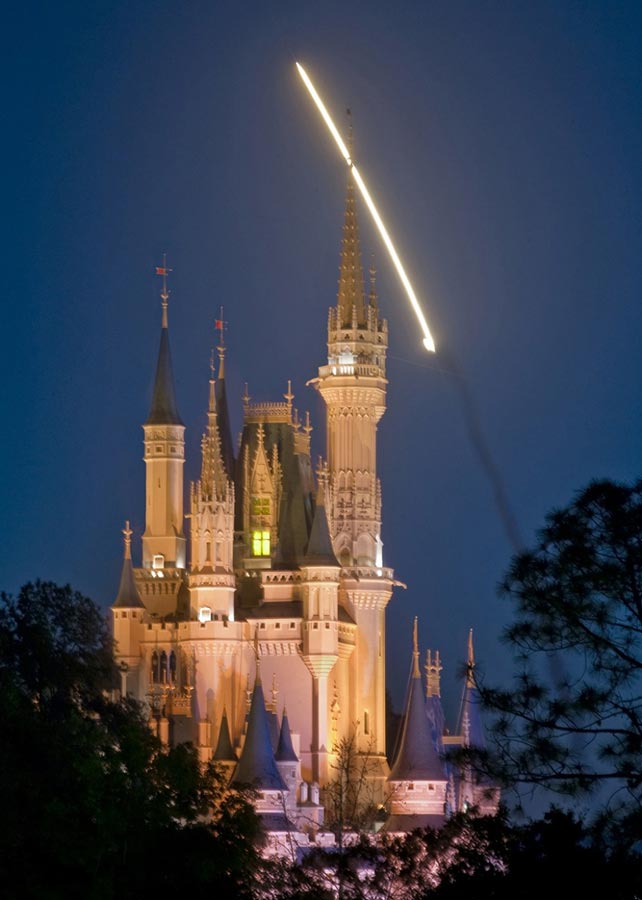
Tuesday, November 9, 2010: NASA launched the space shuttle Discovery’s STS-131 mission on April 5, 2010 to kick off a two-week delivery flight to the International Space Station. Here Disney photographer Kent Phillips catches the shuttle launch from Kennedy Space Center, Fla., as it appeared from Walt Disney World in Orlando.
Worlds in Collision
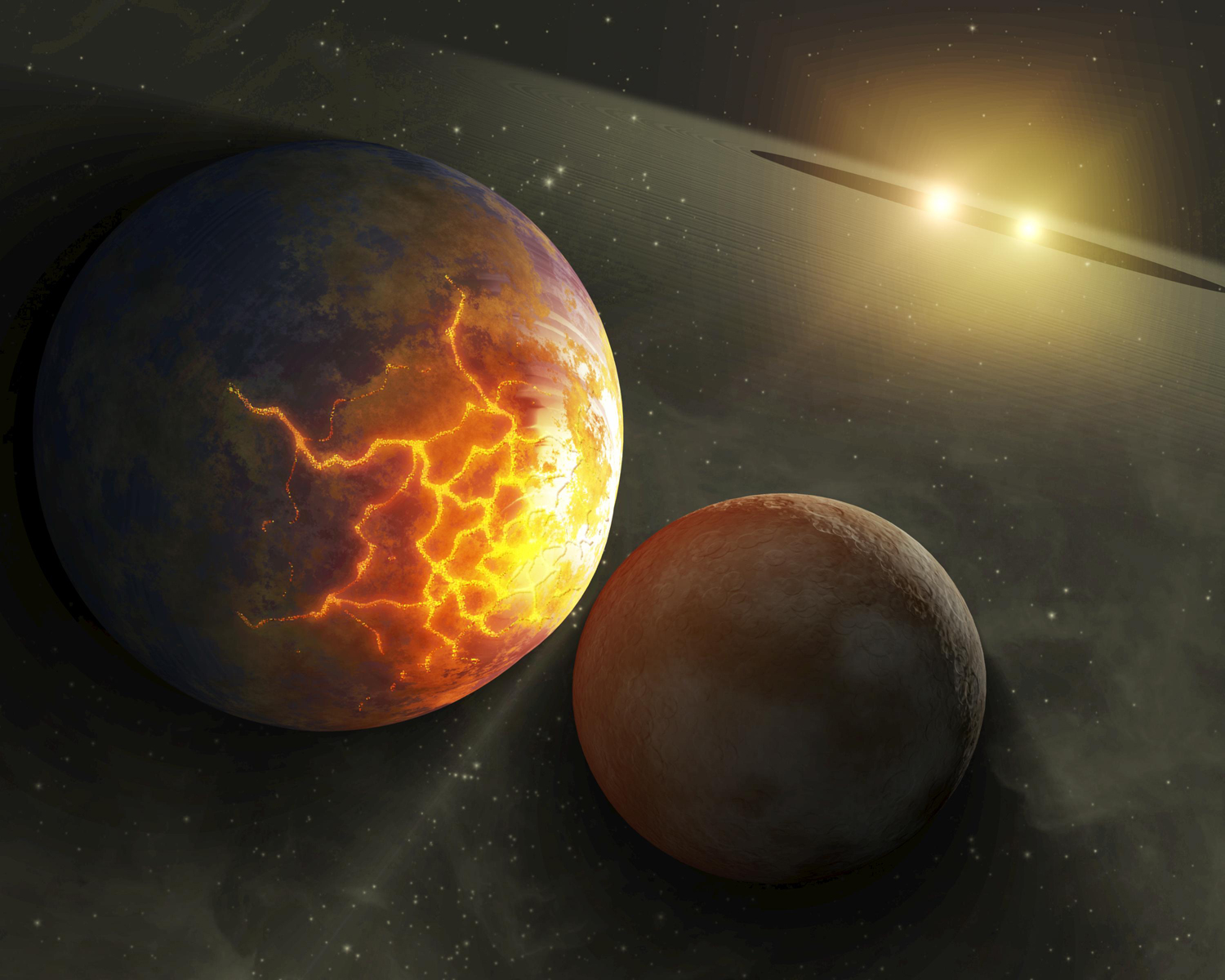
Wednesday, November 10, 2010: This artist's concept illustrates an imminent planetary collision around a pair of double stars. NASA's Spitzer Space Telescope found evidence that such collisions could be common around a certain type of tight double, or binary, star system, referred to as RS Canum Venaticorums or RS CVns for short.
Get the Space.com Newsletter
Breaking space news, the latest updates on rocket launches, skywatching events and more!
Spinning Away
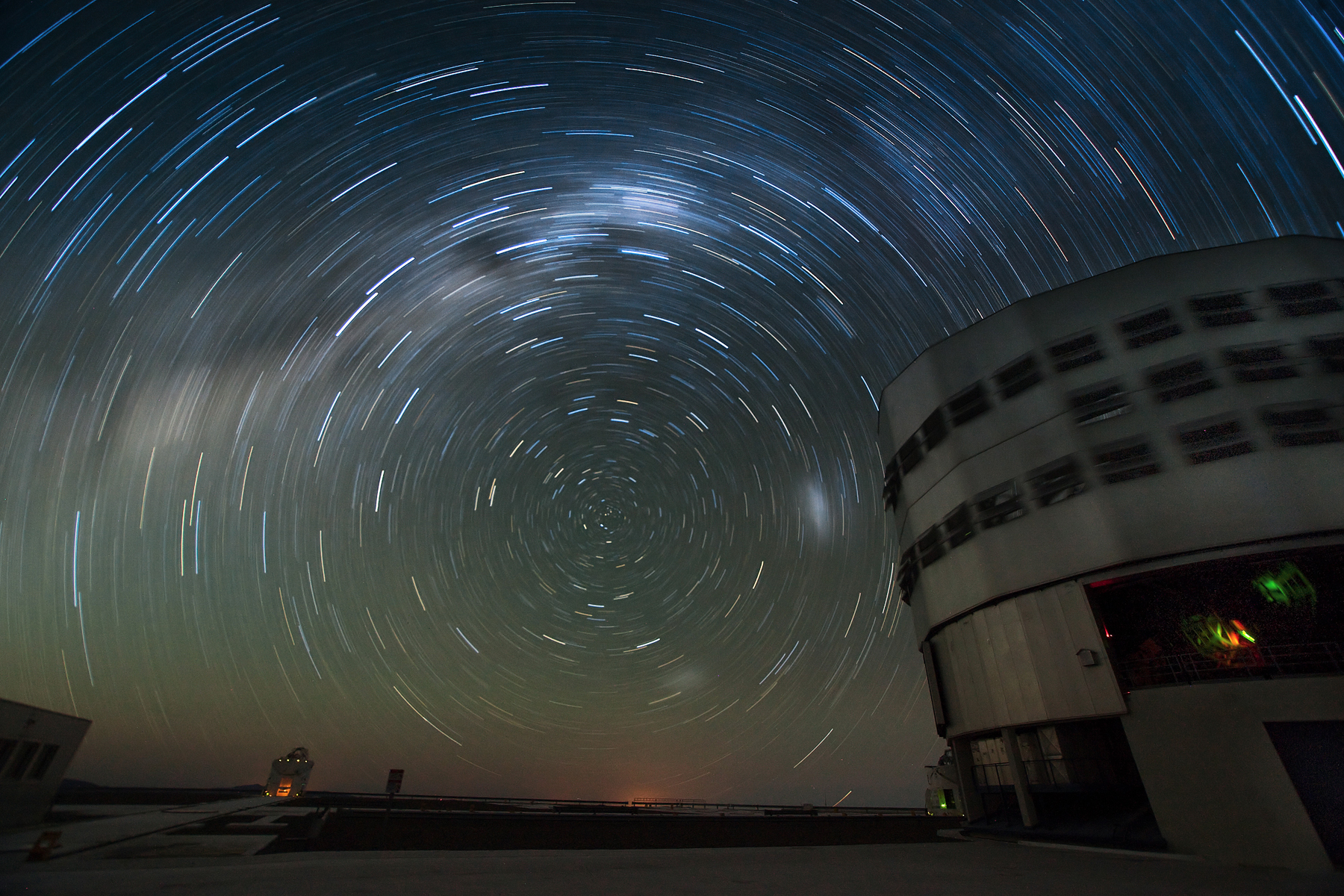
Thursday, November 11, 2010: During a night at ESO’s Very Large Telescope (VLT), the stars seem to rotate around the southern celestial pole. The skies over Paranal provide splendid observing opportunities for the astronomers below. At the observatory on Cerro Paranal in the dry Atacama Desert of Chile, one of the observatory’s four 8.2-metre telescopes can be seen on the right performing its nightly task of looking at the heavens.
Let the Water Hold Me Down
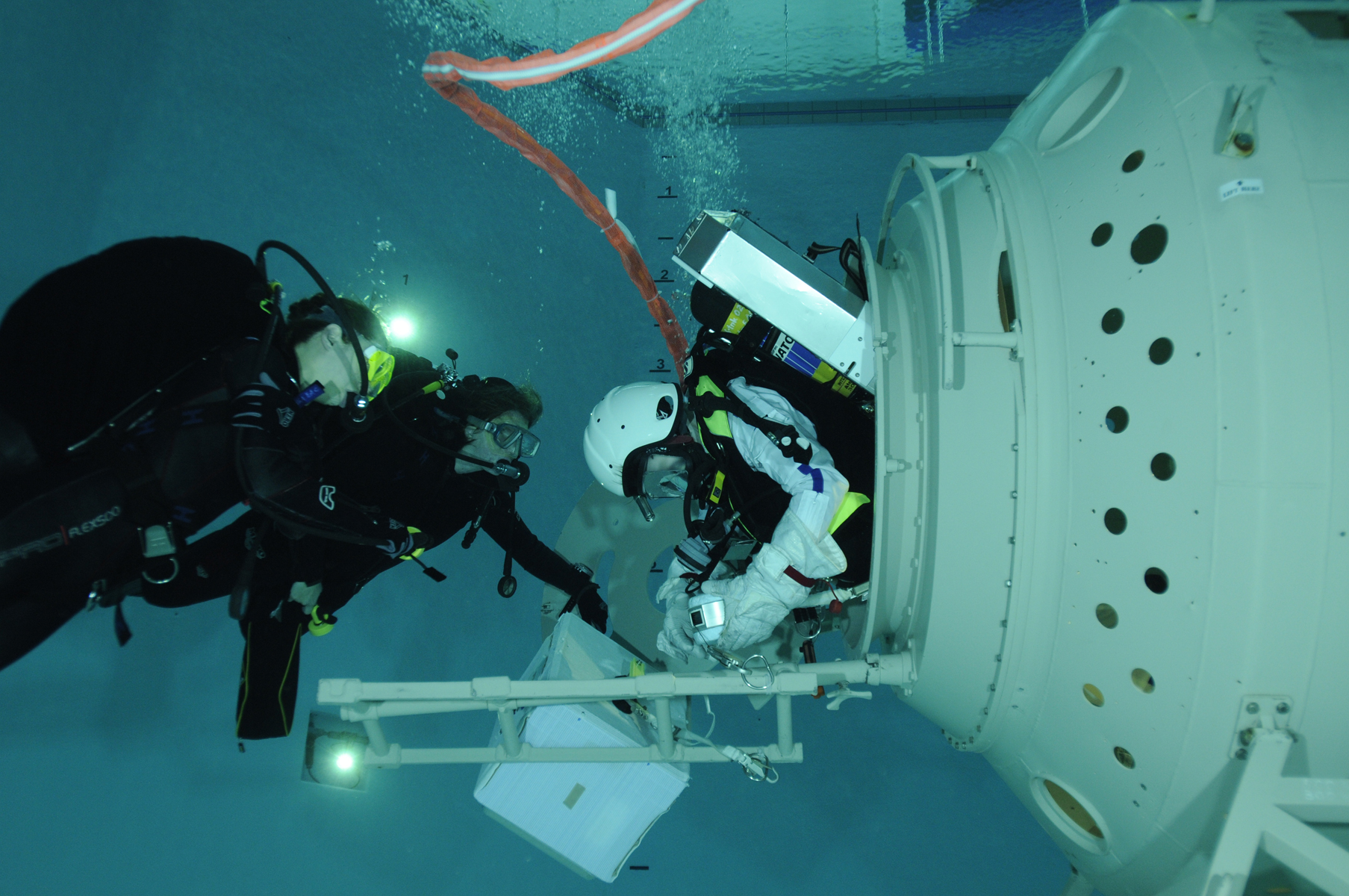
Friday, November 12, 2010: ESA astronaut Samantha Cristoforetti, from Italy, undergoes EVA pre-familiarisation training at ESA's Neutral Buoyancy Facility at the Astronaut Center, in Cologne, Germany, June 9, 2010. This course teaches ESA astronauts basic spacewalk concepts and skills, such as tethering to the Station, the use of special EVA tools, communicating with an EVA crewmate and with the control room and how to keep full situational awareness.
Dark Skies
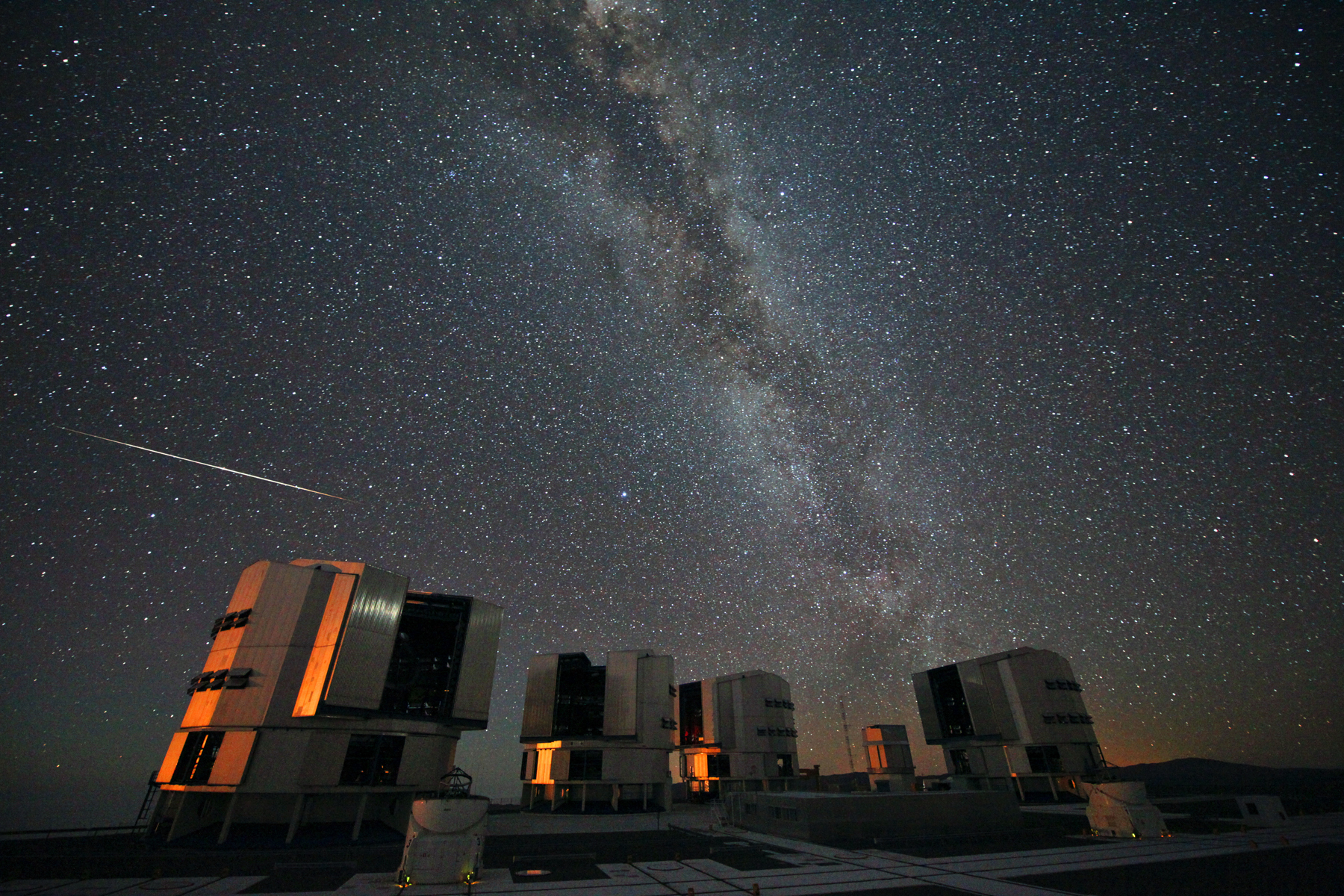
Monday, November 15, 2010: Despite the Perseid meteor shower being more visible in the northern hemisphere, due to the path of Comet Swift-Tuttle's orbit, the shower was also spotted from the exceptionally dark skies over ESO’s Paranal Observatory in Chile.
Get in the Picture
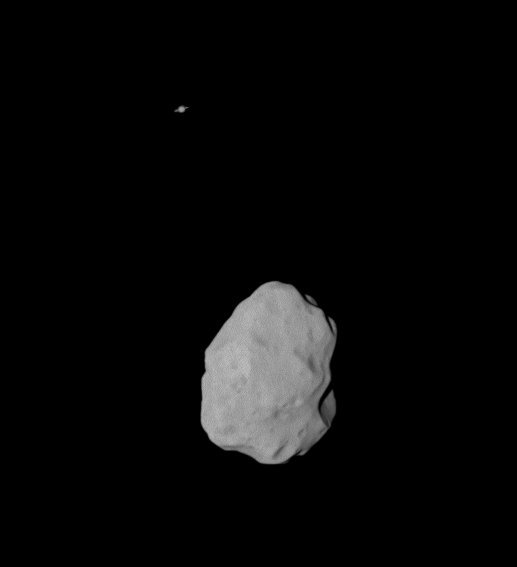
Tuesday, November 16, 2010: At a distance of 36000 km the OSIRIS Narrow Angle Camera (NAC) on ESA's Rosetta spacecraft took this image of the asteroid Lutetia on July 10, 2010, catching the planet Saturn in the background.
Join our Space Forums to keep talking space on the latest missions, night sky and more! And if you have a news tip, correction or comment, let us know at: community@space.com.

Space.com is the premier source of space exploration, innovation and astronomy news, chronicling (and celebrating) humanity's ongoing expansion across the final frontier. Originally founded in 1999, Space.com is, and always has been, the passion of writers and editors who are space fans and also trained journalists. Our current news team consists of Editor-in-Chief Tariq Malik; Editor Hanneke Weitering, Senior Space Writer Mike Wall; Senior Writer Meghan Bartels; Senior Writer Chelsea Gohd, Senior Writer Tereza Pultarova and Staff Writer Alexander Cox, focusing on e-commerce. Senior Producer Steve Spaleta oversees our space videos, with Diana Whitcroft as our Social Media Editor.









